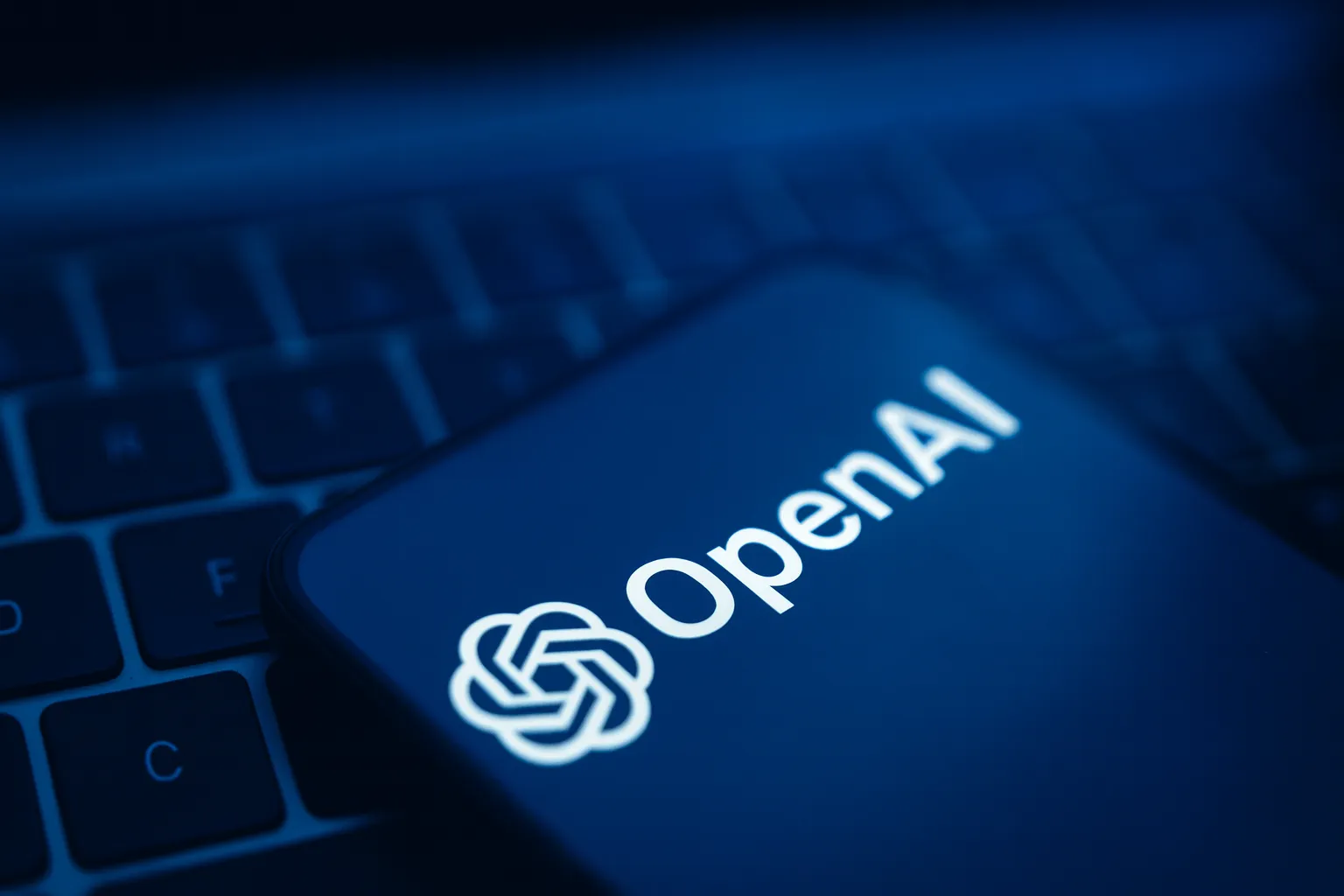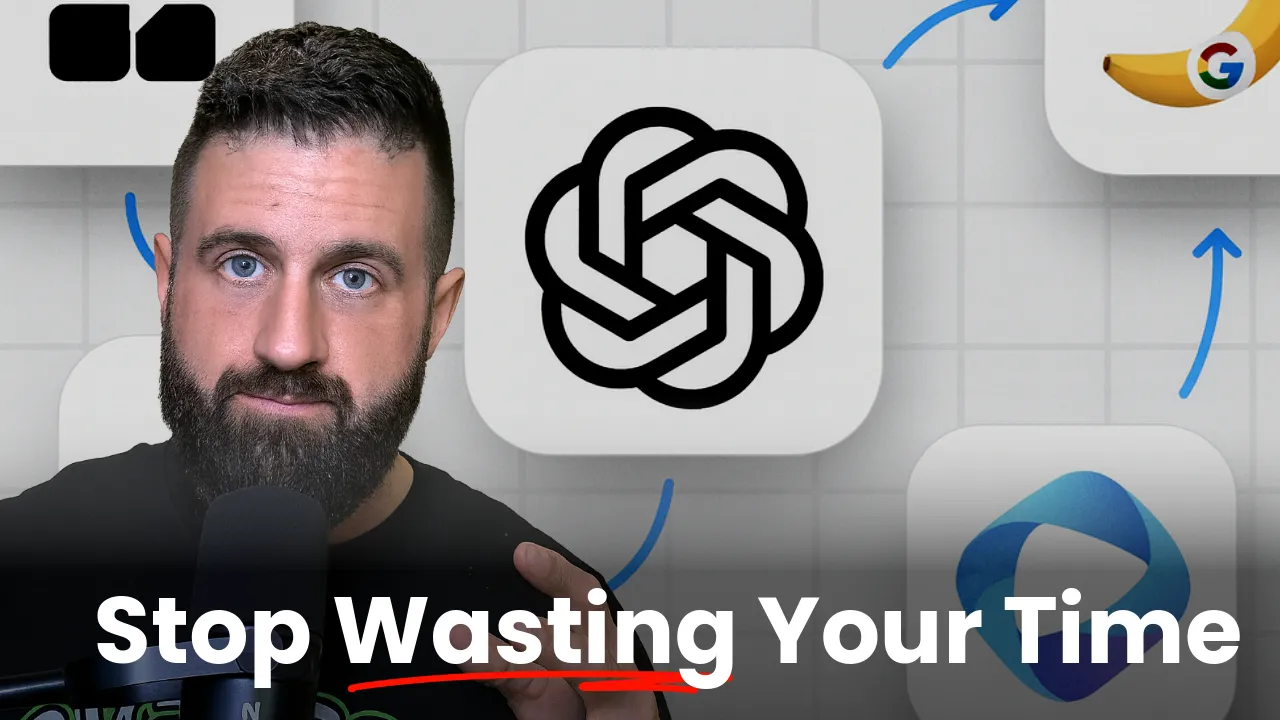Risky AI Copy Could Cost Pharma Marketers Millions
Oct 30, 2025 | 3 min read

Why this matters now
Pharma marketers are moving fast to use generative AI tools like ChatGPT to help create content. These tools can save time. But they can also put your company at risk.
The FDA and EMA have strict rules for promotional drugcampaigns . If your AI tool writes something that is untrue, off-label, or missing risk info, you could face fines, delays due to mandated corrective actions, or worse. .
This blog breaks down the problem and shows you how to keep your AI tools (and your marketers) safe and compliant.
Problem: Generic AI tools don’t understand pharma rules
Out-of-the-box AI models often make mistakes that violate drug marketing laws.
Let’s say you ask ChatGPT to write an email about your product. It may do a great job with tone. But it might also:
- Make up facts or studies that don’t exist.
- Miss important safety warnings.
- Suggest unapproved uses (off-label claims).
- Use claims without linking to proper references.
This happens because generic AI was trained on public web content. It doesn’t know your label, your MLR-approved copy, or the rules you have to follow.
Pharma companies are fully responsible for what AI writes. There is no "the bot did it" excuse.
What the regulators say
FDA and EMA rules still apply, even if AI helps write the content.
The FDA requires that all drug promotions be:
- Truthful
- Balanced (benefits and risks together)
- Backed by proper evidence
If your content misses any of those, it may be rejected during Medical, Legal, and Regulatory (MLR) review. Worse, the FDA or EMA may issue warning letters or fines.
In 2024, the FDA released draft guidance reminding companies that using AI does not remove the need for human oversight. You must still:
- Review AI content carefully
- Keep a record of how it was created
- Ensure everything complies with product labeling
The EMA has similarly published reflection papers stating that any use of AI in regulated environments must be transparent, traceable, and auditable.
Step 1: Fine-tune your AI with approved content
Teach your AI tool to speak your brand language by using your own approved materials.
You don’t have to use generic AI. You can build a better version trained only on your company’s:
- MLR-approved claims
- Product labeling
- Approved templates
- Standard disclaimers
This process is called fine-tuning. It teaches the AI to avoid risky claims and use language your reviewers already trust.
It also keeps private data safe by running on secure systems.
Companies who fine-tune their models report:
- Fewer compliance issues
- Faster content approval
- Less back-and-forth with reviewers
Want to learn more? Check out our blog: AI Hallucinations Are Driving More MLR Rejections
Step 2: Use modular content to keep control
Break your content into pre-approved building blocks so AI can reuse them safely.
Instead of writing from scratch, give your AI tool access to a content library with:
- Headlines
- Claims
- Safety copy
- Standard disclosures
Each block is reviewed and approved in advance.
To do this, you need to:
- Store your content in a structured content management system (CMS) like Sitecore Content Hub or Veeva Vault PromoMats.
- Connect your CMS to your AI tool using an automation layer like Gradial.
- Use metadata and tags to label each content block as approved, restricted, or do not use.
For example, Sitecore Content Hub lets you build a library of modular content blocks. Gradial then works on top of Sitecore to let AI tools like Claude or GPT safely assemble new content using only approved modules. This setup ensures the AI does not invent claims or rewrite sensitive language.
The result? Faster asset creation, fewer compliance errors, and a clear audit trail.
Step 3: Pre-screen content before MLR review
Use AI as a helper to check content before it goes to reviewers.
Even with fine-tuning, AI can still make mistakes. That’s why smart teams use AI pre-screening. It works like this:
- The AI checks a draft before it reaches MLR.
- It flags missing risk info, unapproved claims, or missing references.
- The content team fixes those issues.
- Then the cleaned-up version goes to reviewers.
This makes MLR review faster and smoother. Some companies report 50% fewer content rejections this way.
Step 4: Use enterprise platforms with guardrails
Choose tools built for regulated industries.
There are platforms made just for pharma that include safety features:
- Salesforce + Claude: Claude is an AI model known for safety. It’s available inside Salesforce’s cloud for life sciences.
- Veeva + AI: Use AI tools directly inside Veeva Vault to create content using only approved blocks.
- Sitecore + Gradial: This combo can help generate content, tag risky claims, and prevent off-label language.
These platforms:
- Keep your data private
- Keep records of what AI wrote
- Alert you if something looks risky
Case story: A better workflow in action
A global pharma team used ChatGPT to draft content. Their MLR team rejected 60% of it. It had:
- Off-label suggestions
- Claims with no citations
- Missing black box warnings
Then they switched to a custom-trained AI connected to their content hub (Veeva) and layered Gradial on top for compliant assembly. They also added a pre-screening step using Claude.
Result:
- 75% of content passed MLR on the first try
- Time to approval dropped by 40%
They didn’t replace people. They just gave the team better tools.
Final thoughts: Use AI, but use it smartly
AI is here to stay in pharma marketing. But you can’t treat it like a regular tool. It needs rules, training, and review.
With the right setup, AI can help you:
- Move faster
- Stay compliant
- Create better content
Without the right setup, AI can create risk, rework, and delays.
You choose the path.
Want to build a compliant AI content workflow?
CI Life helps pharma teams set up AI tools that are safe, fast, and aligned with MLR rules. Schedule a consultation to explore how we can help.



 Gradial
Gradial  PEGA
PEGA 





